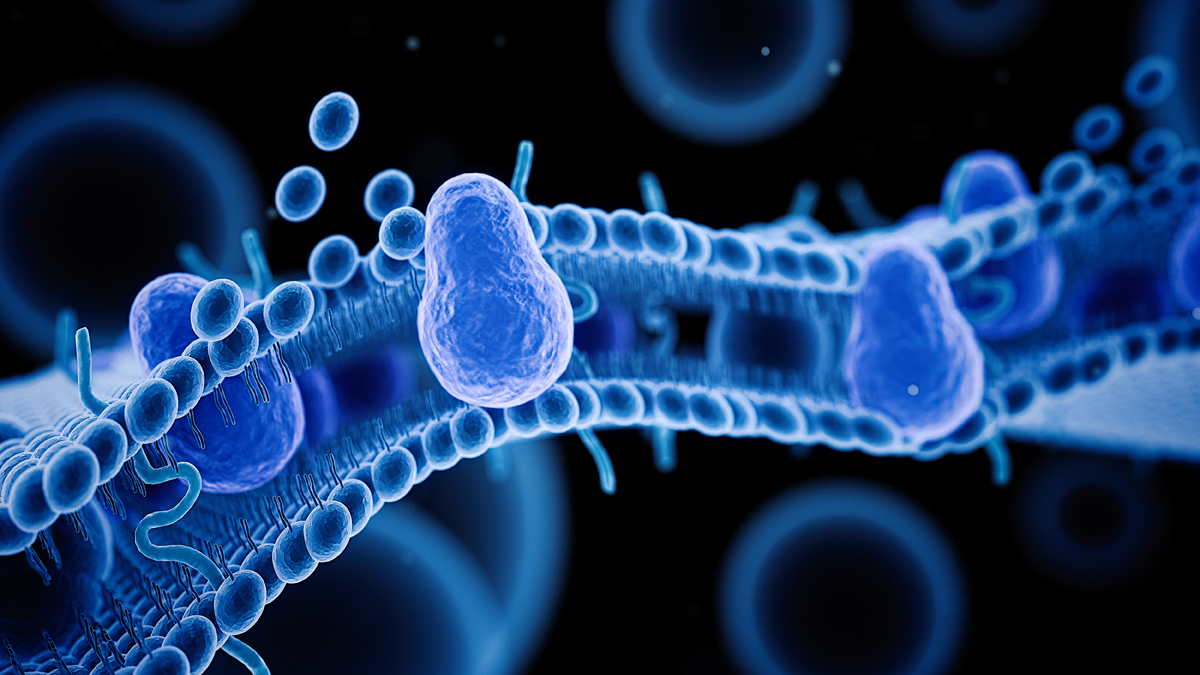

Mechanobiology
Research has shown that cells actively sense and respond to the physical properties of their extracellular environment. Understanding the underlying mechanisms involved is crucial to answering questions such as how exactly cells sense mechanical signals, how changes in the physical microenvironment drive biochemical changes within cells or influence cellular and biophysical processes taking place during embryogenesis.
The goal is to gain an in depth understanding of cellular development, pathological disorders, and e.g. processes occurring after acute accidents that involve damage to the brain, nerve tissue or spinal cord, and thus contribute towards the development of innovative regenerative approaches.
Atomic force microscopy (AFM) has emerged as a key platform enabling the simultaneous morphological and mechanical characterization of living biological systems. The ability of the Optical Tweezers technology to quantify forces in the pN range has led to it becoming an increasingly established tool for the study of the mechanobiological properties of biological samples.